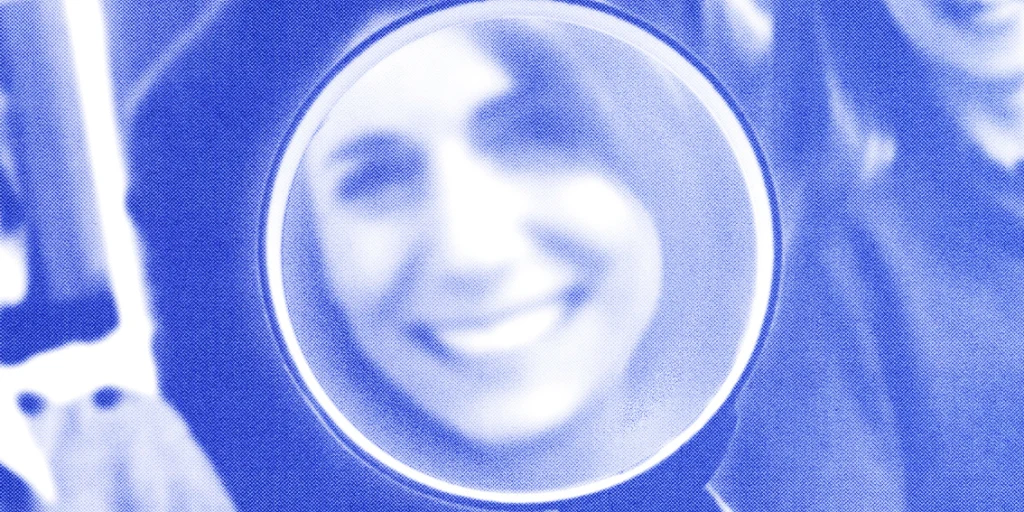Amid swirling speculation suggesting that an official photo featuring the Princess of Wales, Kate Middleton, alongside her three children may have been generated with artificial intelligence, experts have weighed in, indicating that the image was more likely manipulated using conventional software like Photoshop.
Despite widespread conjecture, no clear evidence of generative AI was discernible in the photo. However, the fervor surrounding the debate underscores the rapid integration of AI into the public consciousness, often fueling online conspiracy theories.
In various media outlets, including tabloid headlines, viral tweets, and popular Reddit threads, observers of the ongoing discourse surrounding Middleton’s public appearances remarked that the image “looks like AI.” A post on a popular platform, garnering over 4 million views, even labeled the photo as an “AI doctored image.”
However, experts caution against jumping to conclusions. Hany Farid, a professor at the University of California, Berkeley, specializing in digital manipulation and misinformation, expressed skepticism about the claims. “I think it is unlikely that this is anything more than a relatively minor photo manipulation,” Farid stated, highlighting the absence of evidence indicating AI involvement.
The circumstances surrounding the release of the photo provided fertile ground for conspiratorial thinking. Notably, it marked Middleton’s first public appearance since undergoing abdominal surgery in January, sparking persistent conspiracy theories and speculation about her absence from the public eye.
While professional photographs often undergo routine editing for color correction or contrast enhancement, the royal photo displayed conspicuous signs of overt manipulation, prompting major news wire services like The Associated Press, Getty Images, and Reuters to issue “kill notices,” advising against its use due to policy violations.
A close examination of the image revealed inconsistencies, such as the misalignment of Princess Charlotte’s left hand with the sleeve of her sweater, further fueling suspicions of tampering.
Despite the widespread concerns, there is no indication that the image was a deepfake—a computer-generated fabrication designed to convincingly depict a person. Although deepfakes have become increasingly prevalent across various media formats, the manipulations observed in the Middleton photo appear to be the result of conventional photo editing techniques, such as adjustments made using Photoshop.
Farid suggested that the alterations were likely the product of amateurish Photoshop work aimed at tasks like removing stains from clothing or employing on-camera photo compositing techniques to create a unified image featuring smiling subjects.
In summary, while speculation initially swirled around the possibility of AI involvement, expert analysis suggests that the manipulation of the Middleton photo was more likely the result of traditional photo editing methods, rather than sophisticated AI technology.



















+ There are no comments
Add yours